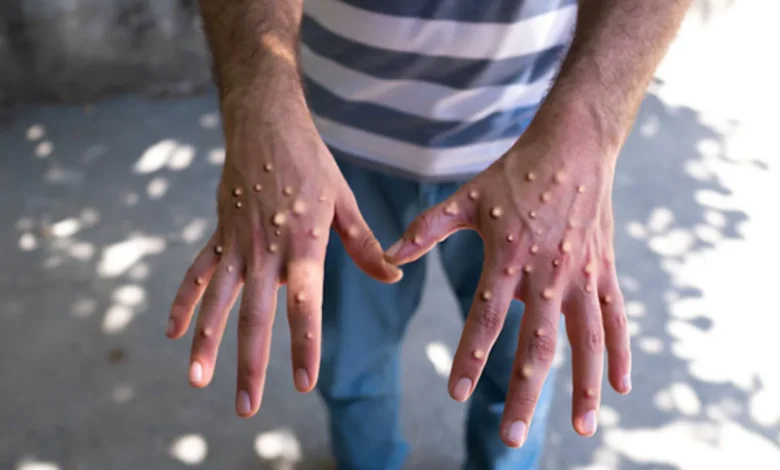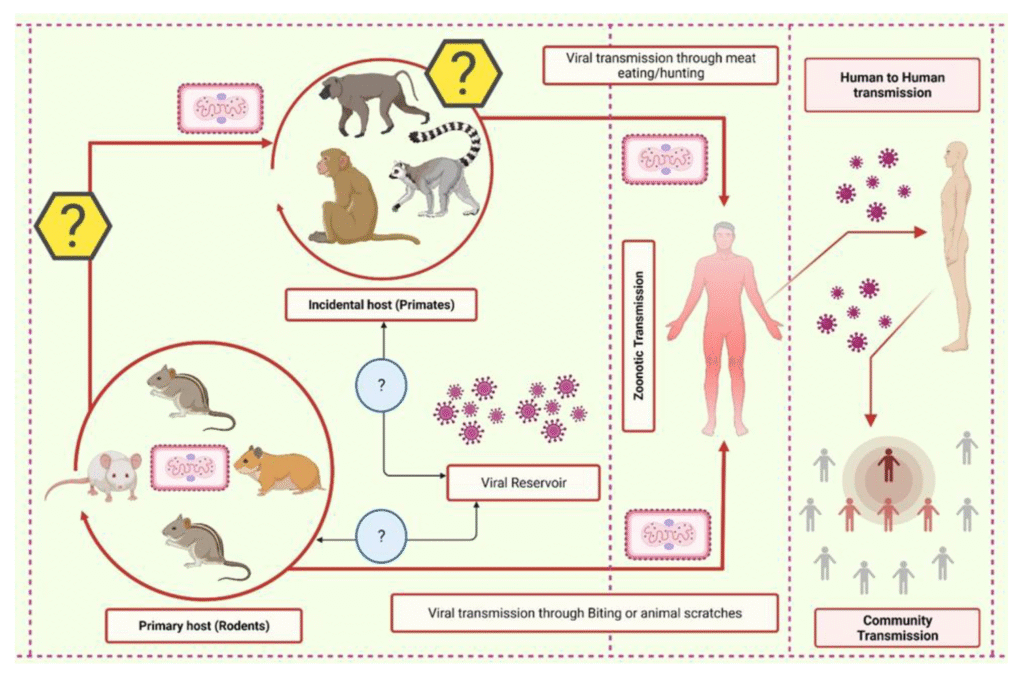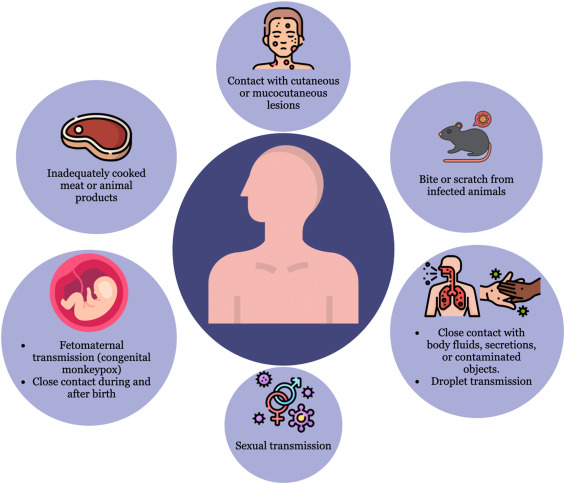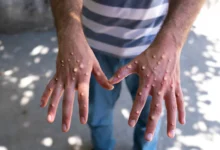Monkeypox Cases Rising in 2024: Symptoms, Prevention & Latest Updates

Introduction
The world is witnessing a concerning resurgence of monkeypox cases as we move through 2024. Health authorities across multiple continents have reported new clusters of infections, sparking renewed discussions about containment strategies and public awareness. This zoonotic virus, which caused a global health emergency in 2022, continues to evolve in its transmission patterns and geographic spread.
Understanding the current monkeypox cases situation requires examining updated case data, recognizing early symptoms, and implementing effective prevention methods. This comprehensive guide explores everything from the virus’s origins to practical safety measures, debunking common myths along the way. Whether you’re a concerned parent, frequent traveler, or simply health-conscious individual, this information will help you navigate the latest developments with confidence.
Understanding Monkeypox: Origins and Characteristics

monkeypox cases is a viral disease first identified in laboratory monkeys in 1958, though its natural reservoir is believed to be rodents and other small mammals. The virus belongs to the orthopoxvirus family, making it a cousin to the now-eradicated smallpox. While less deadly than smallpox, monkeypox can still cause significant discomfort and, in rare cases, severe complications.
There are two distinct genetic clades of the virus: the Central African (Congo Basin) clade and the West African clade. The current global outbreak involves the West African strain, which typically causes milder illness with a fatality rate below 1%. However, even this less virulent strain can lead to painful symptoms and requires proper medical attention.
Current Global Monkeypox Cases Situation (2024 Update)
The World Health Organization’s latest reports indicate monkeypox cases have been steadily increasing since early 2024. Unlike the 2022 outbreak that primarily affected men who have sex with men, the current wave shows more diverse transmission patterns. Several European nations, including the UK, Spain, and Germany, have reported significant case clusters, along with ongoing transmission in parts of Central and West Africa.
Public health experts note several concerning trends in the 2024 monkeypox data. The virus appears to be spreading more efficiently in certain urban populations, with some cases showing atypical symptom presentations. Vaccination campaigns that helped control the 2022 outbreak are being reactivated, though vaccine availability varies significantly between countries.
Recognizing Monkeypox Symptoms: Early Warning Signs
The initial symptoms of monkeypox cases often resemble common viral illnesses, making early diagnosis challenging. Patients typically develop fever, headache, muscle aches, and exhaustion within 5-21 days after exposure. These flu-like symptoms are frequently accompanied by swollen lymph nodes, which helps distinguish monkeypox from similar diseases.
The most distinctive feature emerges 1-3 days after fever onset: a progressive rash that often begins on the face before spreading to other body parts. These lesions evolve through specific stages—macules, papules, vesicles, pustules, and finally scabs. The rash can be extremely painful and may lead to scarring if not properly managed. Some recent cases have shown more localized rashes, adding to diagnostic difficulties.
Transmission Routes: How Monkeypox Spreads in 2024

monkeypox cases primarily spreads through direct contact with infectious rashes, scabs, or bodily fluids. Prolonged face-to-face contact can facilitate transmission via respiratory droplets, though this requires closer interaction than COVID-19. The virus can also spread through contact with contaminated materials like bedding, clothing, or surfaces that have touched infectious rashes.
Recent studies suggest the 2024 monkeypox cases strain may have enhanced capabilities for human-to-human transmission compared to previous outbreaks. Sexual contact remains a significant transmission route, but cases are increasingly being reported through non-sexual close contact as well. This shift underscores the importance of broad public awareness beyond specific risk groups.
High-Risk Groups and Vulnerable Populations
While anyone can contract monkeypox cases, certain populations face elevated risks in the current outbreak. Healthcare workers caring for infected patients without proper protective equipment are particularly vulnerable. Immunocompromised individuals, including those with HIV or undergoing cancer treatments, may experience more severe disease progression.
Children under 8 years old and pregnant women also appear at higher risk for complications. Urban dwellers in crowded living conditions and individuals with multiple close contacts have shown increased infection rates in 2024 case data. Recognizing these risk factors helps target prevention efforts where they’re needed most.
Effective Prevention Strategies for 2024
Vaccination remains the cornerstone of monkeypox cases prevention, with updated guidelines recommending shots for high-risk groups and outbreak responders. The JYNNEOS vaccine, originally developed for smallpox, has proven about 85% effective against monkeypox when administered properly. Post-exposure vaccination within 4 days can still prevent or lessen disease severity.
Beyond vaccination, practical prevention measures include frequent handwashing with soap and water, especially after contact with potentially contaminated surfaces. Those in high-risk areas should consider wearing gloves when handling laundry or items used by someone with monkeypox. Open communication about symptoms and potential exposures helps break chains of transmission in communities.
Treatment Options and Medical Management
Most monkeypox cases resolve without specific treatment, though supportive care is crucial for managing symptoms. Pain relievers and antihistamines can address discomfort from the rash, while topical ointments may prevent secondary bacterial infections. Patients should maintain hydration and nutrition while isolating until all scabs have fallen off and new skin has formed.
For severe cases or high-risk patients, antiviral medications like tecovirimat (TPOXX) may be prescribed under special protocols. These treatments, originally developed for smallpox, have shown effectiveness against monkeypox in clinical settings. Hospitalization is rarely needed but may be required for complications like severe dehydration or secondary infections.
Debunking Common Monkeypox Myths
Misinformation about monkeypox cases continues to circulate, potentially hindering public health efforts. One persistent myth suggests the virus only affects certain demographic groups, when in reality anyone can contract it through close contact. Another false claim exaggerates the fatality rate, causing unnecessary panic despite the generally mild nature of current cases.
Some social media posts have wrongly linked monkeypox cases to COVID-19 vaccines or suggested it was deliberately released. These conspiracy theories lack scientific basis and distract from genuine prevention efforts. Reliable sources like the CDC and WHO provide regularly updated, evidence-based information to counter such misinformation.
Global Response and Public Health Measures
The international community has implemented several strategies to contain the 2024 monkeypox cases resurgence. Enhanced surveillance systems now track cases more efficiently, while diagnostic capacity has expanded in many countries. Public health campaigns focus on educating healthcare providers to recognize atypical presentations and reduce misdiagnoses.
Some nations have reinstated travel advisories and health screenings at major entry points. Pharmaceutical companies are ramping up vaccine production, though equitable global distribution remains a challenge. These coordinated efforts aim to prevent monkeypox from becoming endemic outside its traditional African range.
Conclusion: Staying Informed and Protected
The 2024 monkeypox cases outbreak serves as a reminder of our interconnected world’s vulnerability to infectious diseases. While the situation warrants attention, it doesn’t call for panic. By understanding transmission routes, recognizing symptoms early, and implementing practical prevention measures, individuals can significantly reduce their risk.
Public health authorities continue to monitor the evolving situation closely. Staying updated through official sources, getting vaccinated if recommended, and practicing good hygiene form the best defense against monkeypox cases. As research continues to uncover more about this virus, these evidence-based strategies will help communities stay safe and healthy.
Frequently Asked Questions
How deadly is monkeypox cases in 2024?
The current West African clade has a fatality rate below 1%, with most deaths occurring in immunocompromised individuals or those without access to proper care.
Can pets transmit monkeypox cases?
Yes, mammals including pets can contract and spread monkeypox cases. Isolate infected individuals from animals and consult a veterinarian if exposure occurs.
How long is the incubation period?
Symptoms typically appear 1-2 weeks after exposure but can take up to 21 days to manifest in some cases.
Are there long-term effects of monkeypox?
Most patients recover completely, though some may experience scarring from severe rashes or temporary pigmentation changes.
Where can I get vaccinated?
Vaccine availability varies by location; check with local health departments or healthcare providers about eligibility and access.
monkeypox cases
What should I do if exposed?
Monitor for symptoms for 21 days, avoid close contact with others, and consult a healthcare provider about post-exposure vaccination options.
You may also read: Jonathan Banks: The Definitive Biography of Hollywood’s Most Resilient Character Actor


